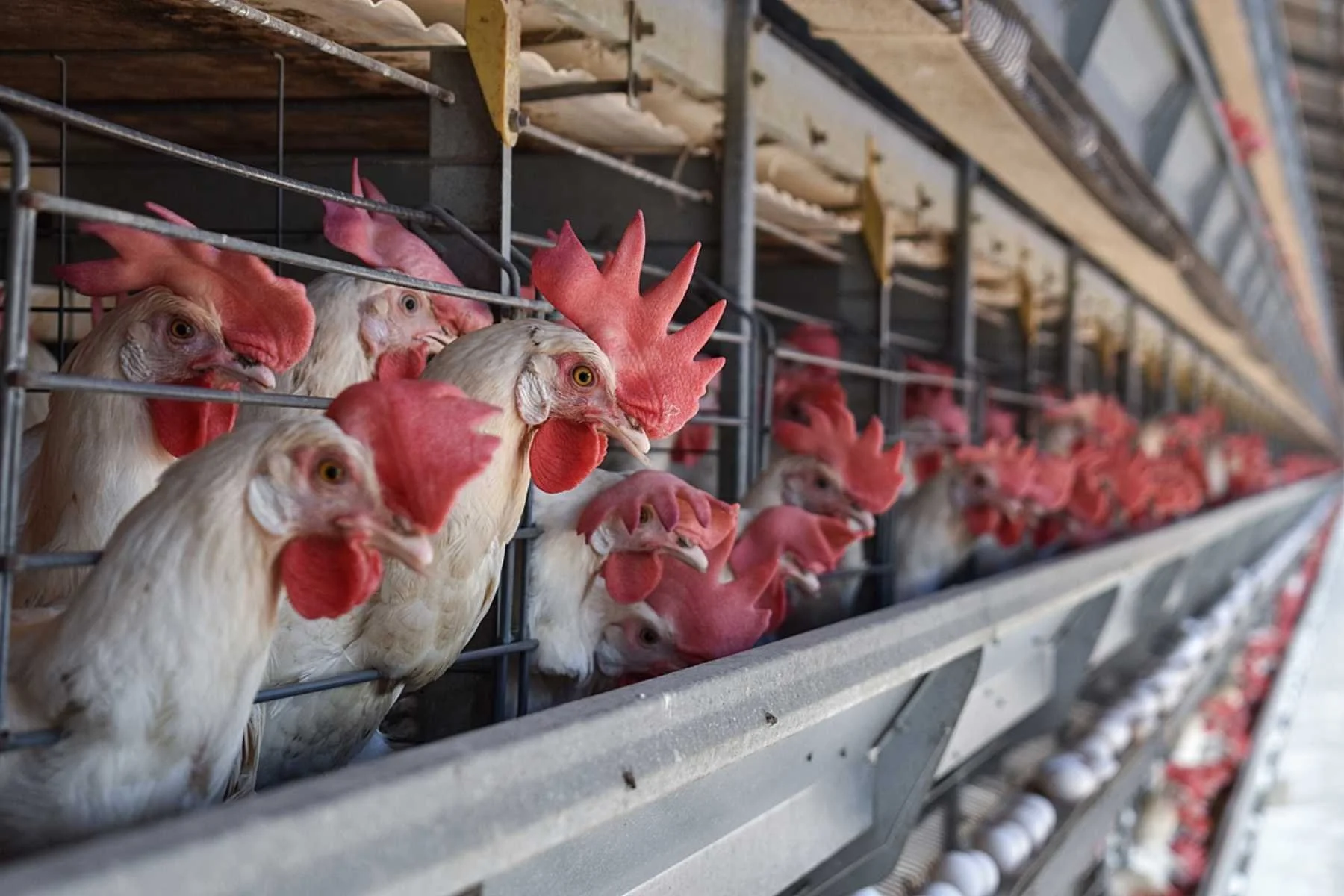21 Species Declared Extinct By U.S. Wildlife Officials
Experts say that the news is a “wake-up call” for how important conservation is to conserve species before it’s too late.
A stock photo of a species of warbler.
The U.S. Fish and Wildlife Service has delisted 21 species from the Endangered Species Act because they have been declared extinct.
The species removed include both animals and plants, and were collectively present in 17 states across the country.
Among the animals now declared extinct are the Bachman’s warbler, a small yellow and black songbird that once bred in swampy thickets in some Southern states, but was ultimately lost to habitat destruction and collection.
Other delisted animals include the Scioto madtom, a small catfish found in Ohio that was lost because of silt accumulation from dams and runoff, and the little Mariana fruit bat, also known as a flying fox, which went extinct due to various threats including habitat loss from agriculture and military activity.
Human activity was cited as a primary cause for most of the extinctions, having accelerated species decline and extinction through habitat loss, overuse, and the introduction of invasive species and diseases.
“My heart breaks over the loss of these 21 species,” said Noah Greenwald, endangered species director at the Center for Biological Diversity. “These plants and animals can never be brought back. We absolutely must do everything we can to avert the loss of even more threads in our web of life.”
Most of these species were originally listed under the Endangered Species Act in the 1970s and 1980s, but were in very low numbers or likely even extinct at the time of listing.
“Federal protection came too late to reverse these species’ decline, and it’s a wake-up call on the importance of conserving imperiled species before it’s too late,” explains the U.S. Fish & WIldlife Service’s Director Martha Williams. “As we commemorate 50 years of the Endangered Species Act this year, we are reminded of the Act’s purpose to be a safety net that stops the journey toward extinction. The ultimate goal is to recover these species, so they no longer need the Act’s protection.”
Despite the latest extinctions, the Service notes that the ESA has been highly effective, saving 99 percent of listed species from extinction. More than 100 species of plants and animals have also been delisted or had their conservation status improved as a result of conservation efforts.
According to the Centre of Biological Diversity, scientists from around the world warn that the planet is at risk of losing more than a million species in the coming decades if conservation efforts are not improved. Such action would need to include more protections for the natural world, stop exploitation of species, address climate change, reduce pollution, and stop the spread of alien invasive species.
We Have A Favor To Ask…
Species Unite amplifies well-researched solutions to some of the most abusive animal industries operating today.
At this crucial moment, with worldwide momentum for change building, it’s vital we share these animal-free solutions with the world - and we need your help.
We’re a nonprofit, and so to keep sharing these solutions, we’re relying on you - with your support, we can continue our essential work in growing a powerful community of animal advocates this year.
More stories:
Species Unite
A collection of stories of those who fight the good fight on behalf of animals.






Leather, wool, feathers: even if they were by-products, would that make a difference?